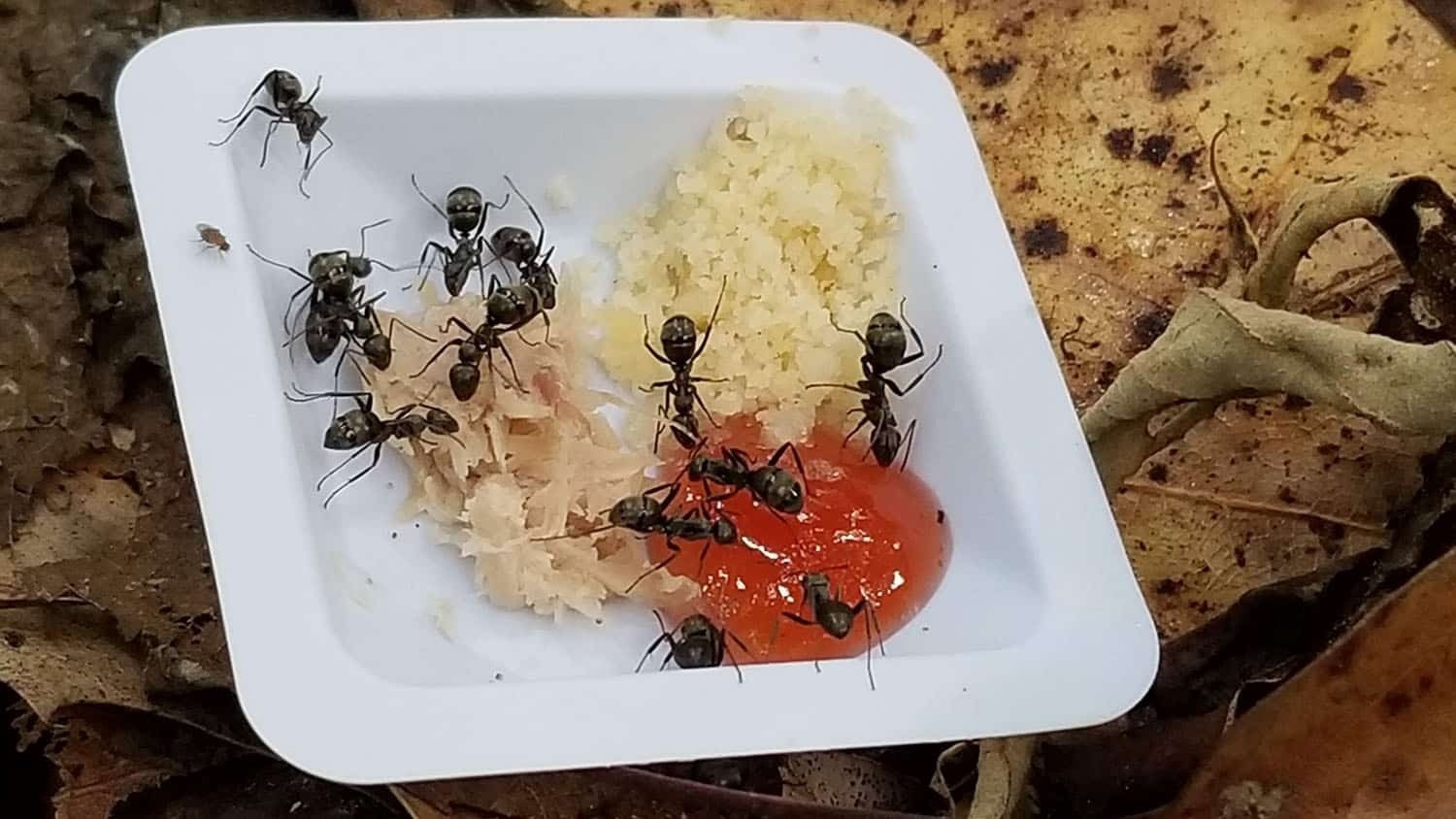Scientists at North Carolina State University discovered that ants did not modify their behavior in response to increased temperatures and survived in sub-optimal microhabitats even when ideal ones existed. The result proposes that ants might not possibly fine-tune their behavior in response to warming ecosystems.

Image Credit: Sara Prado/ North Carolina State University
Ants are ectotherms—animals whose body temperature relies on the environment. Although these animals go through a range of temperatures every day, most ectotherms choose habitats that are somewhat cooler than the so-called optimal functioning temperature, where an ectothermic animal can best perform all bodily functions.
If the ectotherm meets an environment warmer than the optimal point, it risks reaching the lethal end of its spectrum of physiology. Put simply, ectotherms will die when it gets too hot.
However, there is not much knowledge about how, or if, insect ectotherms will alter their behavior to prevent warmer but sublethal temperature ranges—where surviving is physiologically possible but not ideal—which are largely possible owing to climate change across the world.
To explore more regarding how insect species might respond to those warmer, sublethal temperatures, NC State’s scientists examined five ant species that are common in North Carolina. They counted and gathered ants in forest environments and quantified air temperatures at the sites of collection to determine the distribution of microhabitats available.
Also, the scientists employed a distinct ant thermometer to quantify the temperature of the ants themselves (which differed by ants’ size and color of the body). At last, to find the preferred temperature of each species, they gathered some ants for the lab and kept them in a rectangular chamber with a regulated temperature gradient.
The scientists discovered that ants in the laboratory did have unique thermal preferences, but ants in the field were found to be active in their climates’ preference, just somewhat more frequently than expected by chance. Rather, the majority of species were gathered in locations that were warmer than preferred, proposing a lack of awareness or some restriction in their capacity to modify accordingly to increasing temperatures.
It’s interesting that the worker ants we observed were willing to put themselves in uncomfortable situations while foraging. I wonder if the food was ‘profitable’ enough for the ants to stretch their comfort levels, or if they are simply willing to sacrifice their well-being for the sake of the colony.
Sara Prado, Study Co-Author and Adjunct Professor, North Carolina State University
Warmer times and places make warmer ants, and they’re not adjusting their activity to match their preferred conditions. For now, this may be a tradeoff that works out fine for them. But if you think of the huge biomass of ants underfoot, their metabolic rates are all creeping upward as the climate changes. Even if it doesn’t kill them outright, what does that amped-up metabolism mean for their life cycle and even the whole forest ecosystem?
Elsa Youngsteadt, Study Co-Author and Professor, Applied Ecology, North Carolina State University
Youngsteadt thinks of taking this investigation further to look at urban ants that are efficiently surviving in the future of climate change in warmer cities.
Journal of Animal Ecology has published this paper. Its co-authors are Michelle Kirchner from NC State University and Kirsten Keleher from Cornell University. USDA National Institute of Food and Agriculture, Hatch Project #1018689 to Youngsteadt, and North Carolina State University have funded this work.
Journal Reference:
Youngsteadt, E., et al. (2023) Can behavior and physiology mitigate effects of warming on ectotherms? A test in urban ants. Journal of Animal Ecology. doi.org/10.1111/1365-2656.13860.